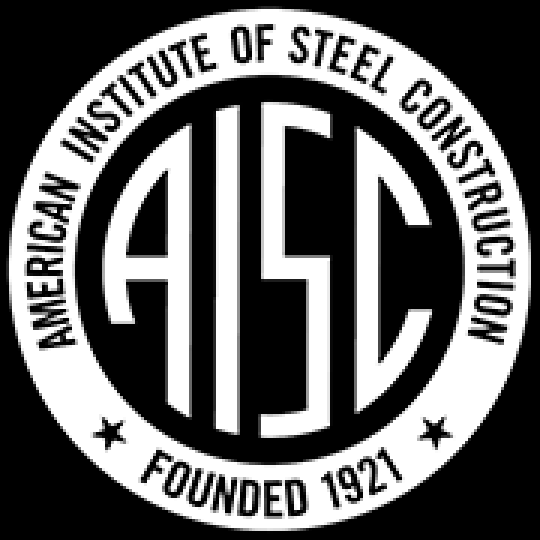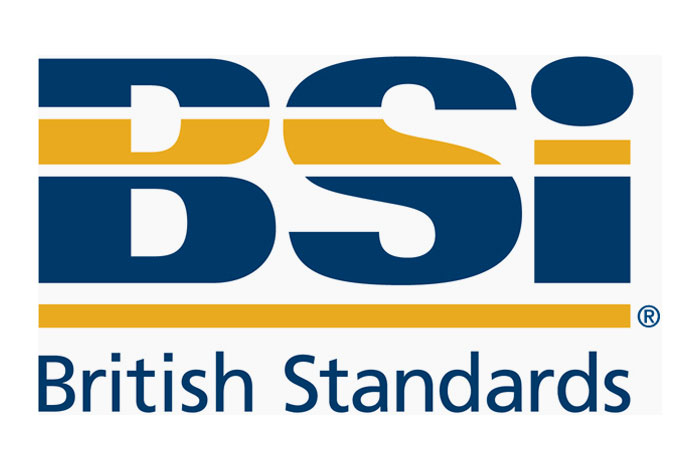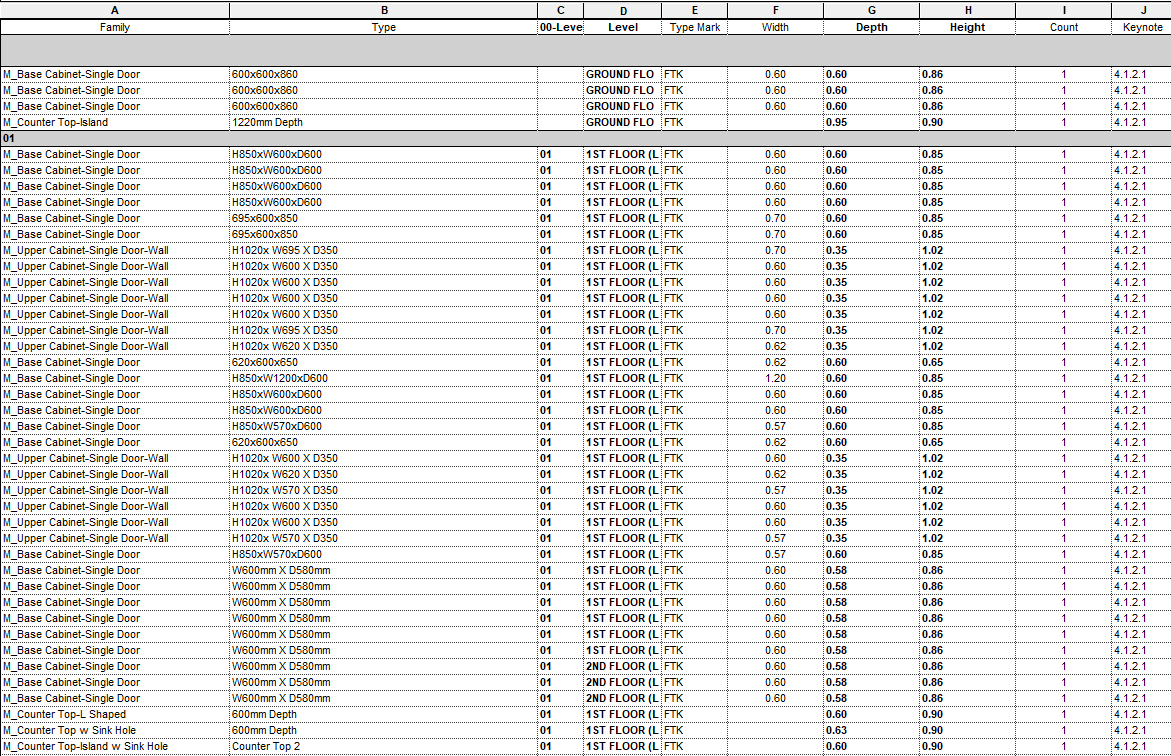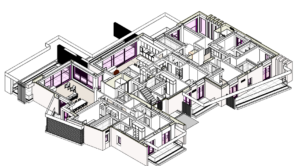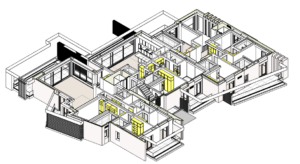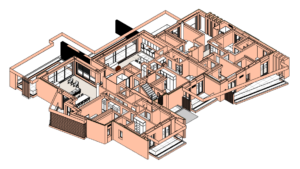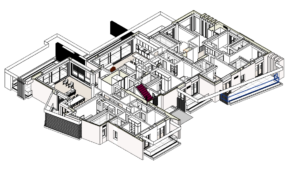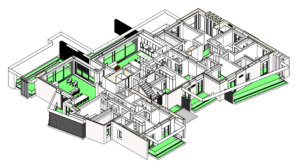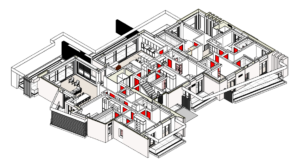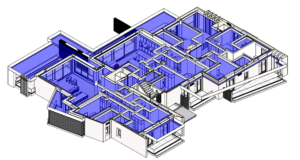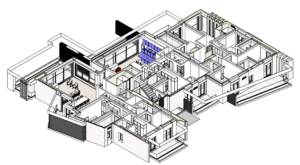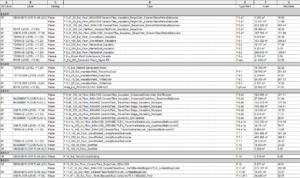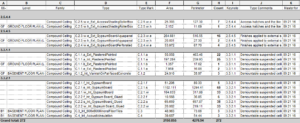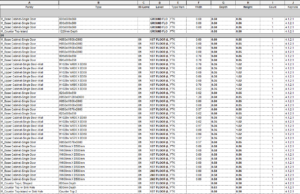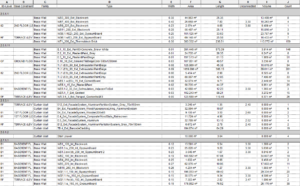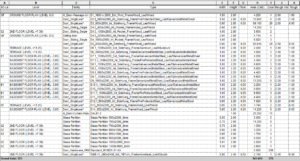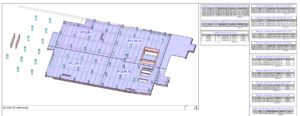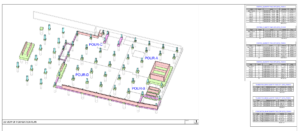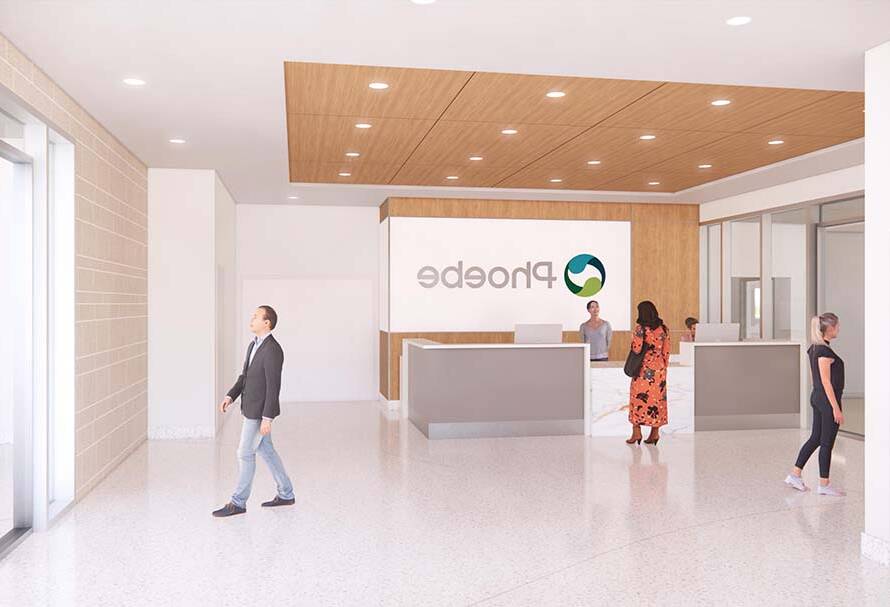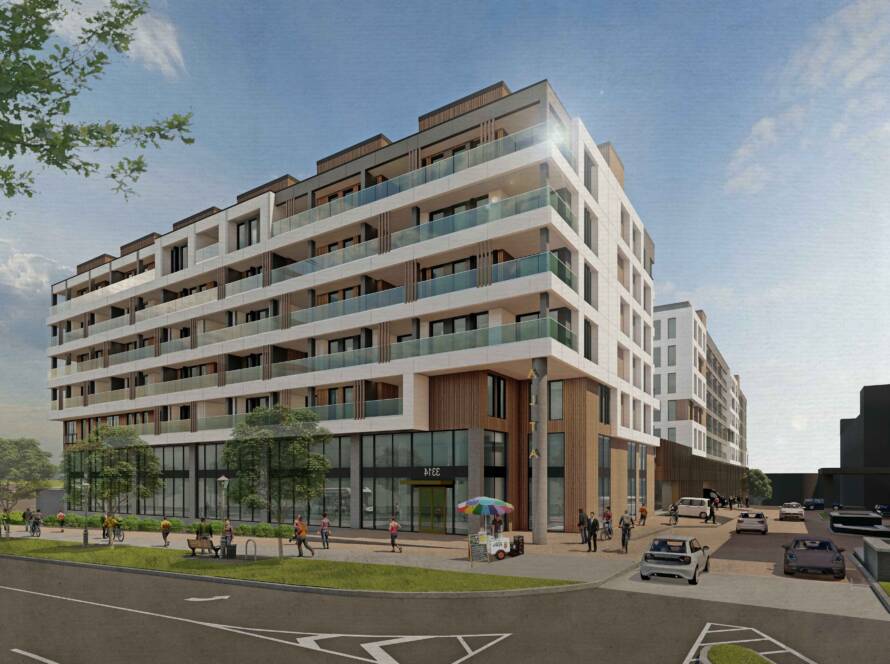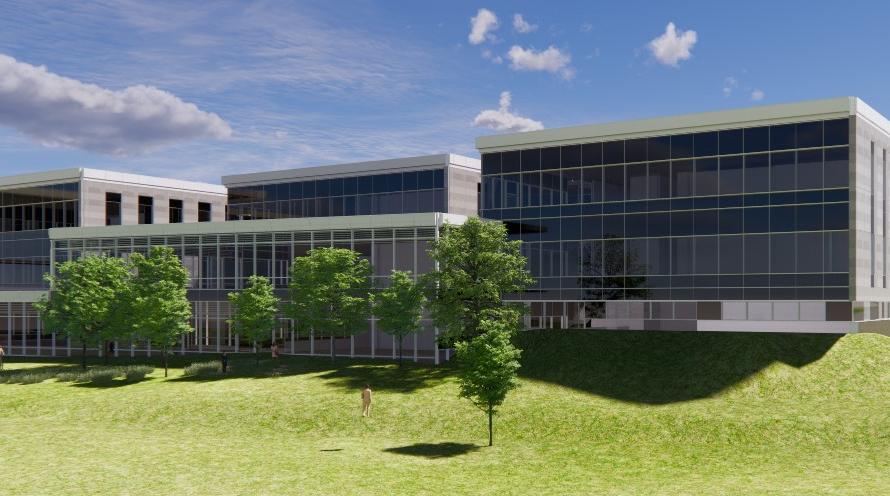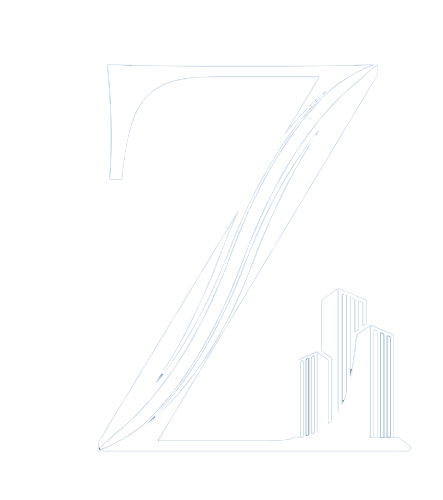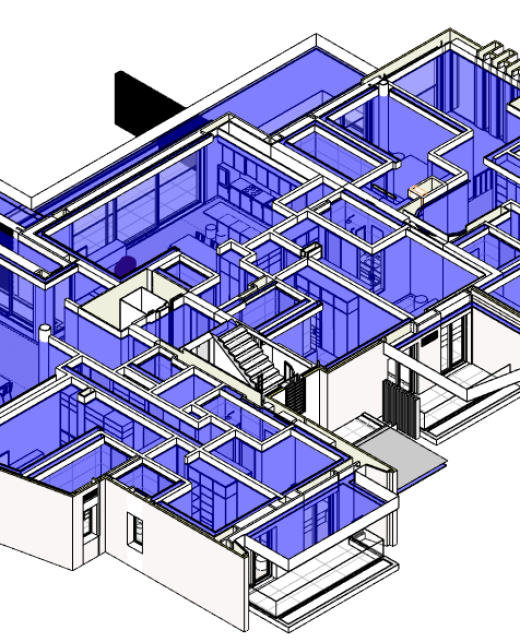
Quantity Takeoff (QTO) is a crucial step in construction and project management that involves estimating and calculating the quantities of materials, labor, and equipment needed for a construction project. The goal is to determine the overall cost of the project accurately. The quantities are typically measured in units such as cubic meters, square feet, linear feet, or other relevant units, depending on the nature of the construction work.
Quantity takeoffs are often performed by quantity surveyors, estimators, or construction professionals with expertise in cost estimation.
Accurate quantity takeoffs are essential for ensuring that a construction project is adequately funded, bids are competitive, and the project can be completed within budget. Advanced software tools are commonly used to develop the quantity takeoff process and improve accuracy.
The planning and scheduling stages of even the most complicated projects, such as the development of airport terminal buildings, hospital/healthcare buildings, recreational buildings and resorts, and many more, have been accelerated by our quantity takeoff services with BIM for virtual reality enterprises.
Due to the proficiency of our engineering teams in interpreting 2D drawings, calculating QTOs, and transforming them into an extensive 3D BIM model with quantity labels, we continue to be profitable BIM consultants to our clients when it comes to estimating quantity.
- Structural & Architectural BIM Models Preparation for BOQ Extraction.
- Clash Detection & Report Generation.
- General Item Schedules, BOQ Preparation.
- Revit Family Creation.
- Parameter-based Item Schedules, BOQ Preparation.
- Item Schedules Management.
Benefits Of Quantity Take-Off Services
There are several quantity take-off services that you must take care of while attaining your aims with complete ease. Some of the key benefits that you must consider at your end are as follows:-
Accurate Cost Estimation
Quantity takeoffs offer a detail and accurate estimation of the quantities of materials, labor, and equipment needed for a construction project. This precision helps in creating more accurate cost estimates, reducing the likelihood of budget overruns.
Bidding & Procurement
Contractors can use accurate quantity takeoffs to prepare competitive bids during the tendering process. It allows them to provide clients with detailed and realistic cost proposals, increasing the chances of winning contracts.
Budget Planning
Quantity takeoffs are essential for project budgeting. They enable project managers to allocate funds appropriately for each aspect of the construction project, ensuring that there are sufficient resources available for successful completion.
Resource Management
With a clear understanding of the required quantities, construction managers can efficiently plan and allocate resources, including materials, labor, and equipment. This helps in avoiding shortages or excesses, optimizing resource utilization.
Risk Management
Accurate quantity takeoffs contribute to better risk assessment. Project managers can identify potential challenges and uncertainties early in the planning phase, allowing for proactive risk management strategies to be implemented.
Project Control
Quantity takeoffs serve as a baseline for project control. As the project progresses, actual quantities can be compared to the estimated quantities to monitor performance and identify any deviations. This enables effective project management and timely decision-making.
Subcontractor Negotiation
Detailed quantity takeoffs aid in negotiating with subcontractors and suppliers. Contractors can provide precise information on the quantities they require, leading to more transparent and efficient negotiations.
Client Communication
Accurate quantity takeoffs enhance communication with clients. Clients appreciate detailed and transparent cost breakdowns, helping to build trust and confidence in the contractor's ability to manage the project effectively.
Project Profitability
By accurately estimating the quantities and costs involved in a project, contractors can better assess the potential profitability of the project. This is crucial for making informed business decisions and ensuring a healthy bottom line.
FAQ ( Frequently Asked Question)
The term “Take-off Bill of Quantities” refers to a detailed document that is a result of the
Quantity Take-Off (QTO) process in construction estimating. This document provides acomprehensive list of all the materials, labor, equipment, and other resources required for a construction project, along with their corresponding quantities and specifications.
No, Building Information Modeling (BIM) is not limited to just buildings. While the term
“Building” is in the name, BIM can be applied to various types of infrastructure projects beyond
traditional buildings. BIM is a collaborative process that involves the creation and management
of digital representations of the physical and functional characteristics of a facility.
Some of the places where it can be used are as follows:-
● Infrastructure Project.
● Civil Engineering.
● Utilities & Energy.
● Landscape Architecture.
● Industrial facilities.
The National Standard We Are Proficient of
